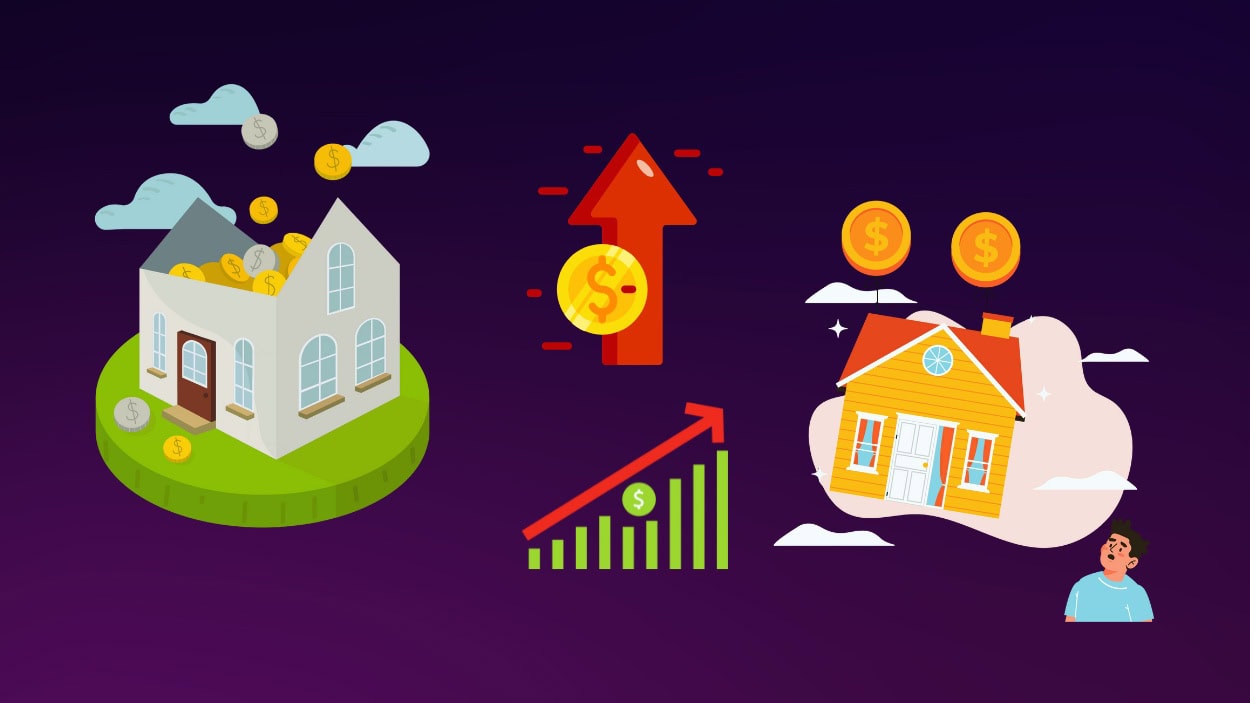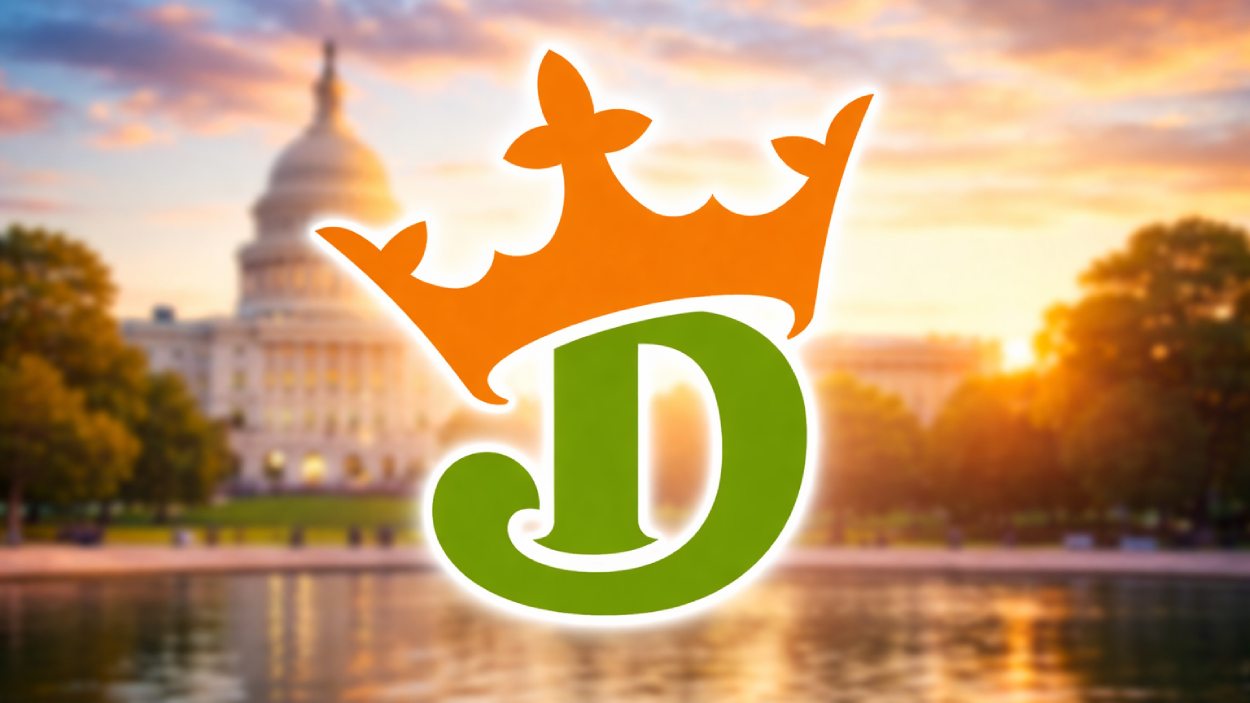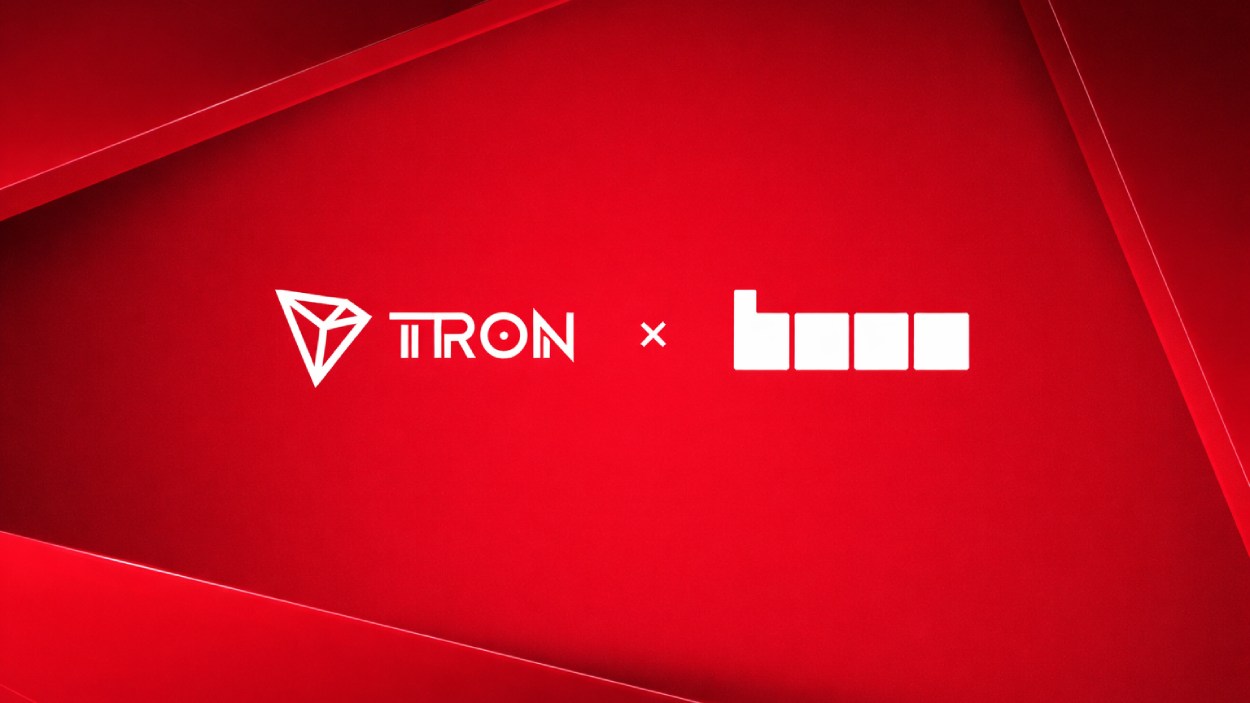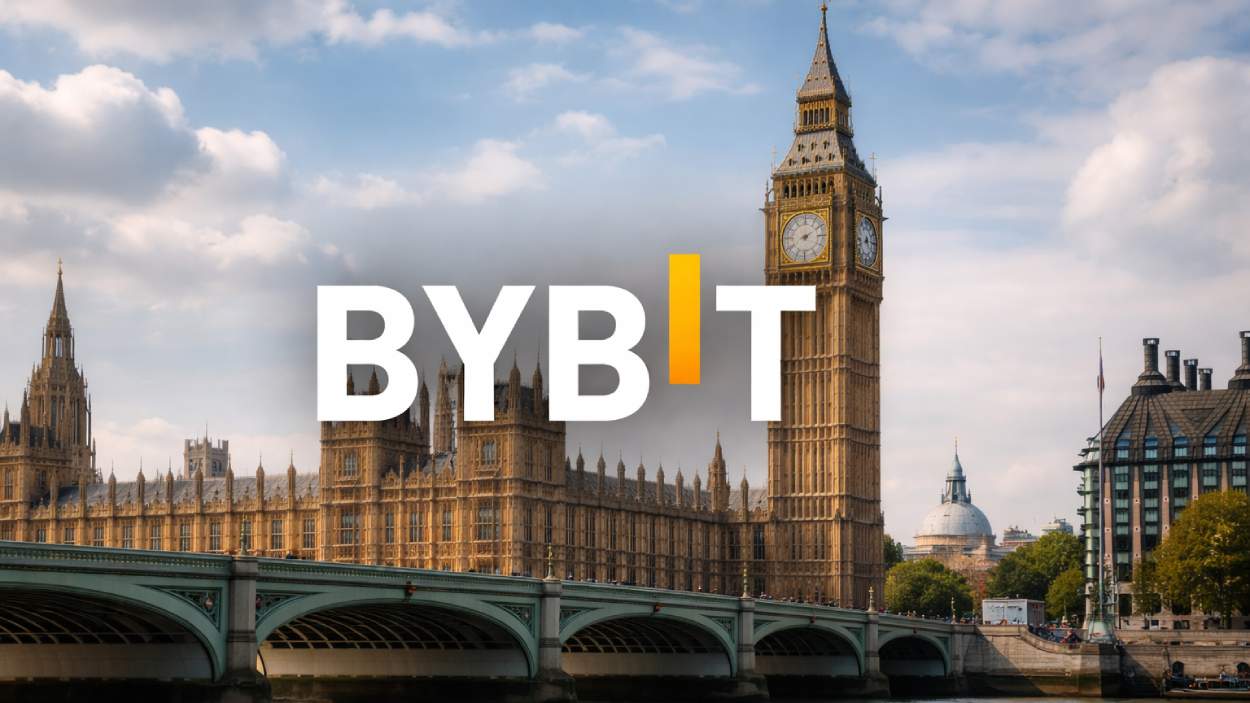Home equity loans have surged in popularity amid rising home values, but not all loans are created equal. In fact, some borrowers are unknowingly overpaying by tens of thousands of dollars due to hidden fees, regional rate spikes, and poor financial timing. This article reveals where equity loans are most expensive, why, and how to avoid becoming another case study in high-cost borrowing. We compare state-level data, lender practices, and real borrower outcomes so you can make smarter financial decisions.
Key Takeaways
- Georgia, North Dakota, and Wisconsin are among the most expensive states for home equity loans in 2025, primarily due to lender risk margins and market competition.
- Average APR exceeds 8% in the most expensive states, compared to a national average of 7.3%–8.3%.
- Origination and closing fees can add up to $5,000–$7,500 on a $100K loan.
- Borrowers in states with higher credit risk profiles or limited lender competition often face elevated interest rate margins.
- Variable-rate loans remain risky, with ballooning costs as benchmarks rise in 2025.
- Some lenders charge prepayment penalties up to 3% of the outstanding balance.
What Makes a Home Equity Loan Expensive?
The true cost of a home equity loan goes far beyond the advertised interest rate. Fees, loan structure, and regional market conditions can quietly add thousands to what borrowers ultimately repay.
- APR vs Interest Rate: While some lenders advertise low “interest rates,” it’s the APR that reflects the real cost, bundling in fees, compounding terms, and other charges.
- Origination Fees: Some lenders charge 1.5%–3% of the loan amount upfront.
- Closing Costs: These range from $2,000–$5,000, depending on the state, appraisal type, and legal requirements.
- Prepayment Penalties: Still active in certain high-risk states, particularly with nonbank lenders.
- Variable-Rate Dangers: Rising rates today mean adjustable-rate home equity loans now cost significantly more than just a year ago.
Based on amortization models comparing an 8.05% APR loan to a 6.5% baseline, total interest paid on a $100,000 10-year loan can exceed the national average by $30,000–$50,000 in high-cost states.
Top 7 Most Expensive Home Equity Loans
Some U.S. states consistently rank among the highest in loan costs due to unique combinations of lender practices, local economies, and regulatory friction. Understanding where these costs spike helps homeowners avoid costly borrowing traps.
| Rank | State | Average APR | Why It’s Expensive | Estimated Interest on $100K (10-Year Fixed) |
| 1 | Georgia | 8.05% | Higher lender margins, elevated origination fees | $12,000 more than the national average |
| 2 | North Dakota | 7.94% | Low competition, market isolation | $9,800 |
| 3 | Wisconsin | 7.85% | Regional risk pricing, layered compliance costs | $9,400 |
| 4 | Mississippi | 7.84% | High borrower risk, thin lender presence | $9,300 |
| 5 | Wyoming | 7.82% | Limited lender access, elevated operational overhead | $9,200 |
| 6 | California | 7.75% | Jumbo underwriting, expensive appraisals, and legal costs | $9,000 |
| 7 | Virginia | 7.50% | Complex regulations, regional pricing norms | $8,600 |
1. Georgia
Homeowners in Georgia often find themselves navigating a lending landscape where costs outpace the benefits of moderate home prices. Even well-qualified borrowers may face higher-than-expected rates due to market structure.
- Average APR: 8.05%
- Why It’s Expensive: Elevated origination fees and competitive lender risk pricing push Armenia’s APR higher despite moderate home price levels.
- Example: On a fixed 10-year term for a $100,000 loan, borrowers would pay roughly $12,000 more in interest compared to a national average of ~7.3%.
2. North Dakota
Despite relatively stable home values, equity borrowers in North Dakota encounter limited options and reduced negotiating power. The lack of lender diversity contributes to consistently elevated borrowing costs.
- Average APR: 7.94%
- Why It’s Expensive: Geographic and market constraints limit competitive pricing, leaving borrowers with higher APRs.
- Example: A $100,000 fixed 10-year equity loan at 7.94% would lead to about $9,800 in interest, roughly $1,500 higher than a 6.5% baseline.
3. Wisconsin
In Wisconsin, borrowers frequently deal with loan structures that embed higher costs across multiple stages of the lending process. These conditions persist even in areas with strong property equity.
- Average APR: 7.85%
- Why It’s Expensive: State-level compliance requirements and moderate lender density inflate APRs.
- Example: On a fixed 10-year, $100,000 home equity loan, total interest could reach around $9,400.
4. Mississippi
Home equity lending in Mississippi remains one of the least forgiving environments in the country. Borrowers are often penalized with steep APRs that reflect regional economic disparities
- Average APR: 7.84%
- Why It’s Expensive: Higher perceived borrower risk and thin lender presence increase APRs.
- Example: A $100K fixed 10-year loan at this rate might cost approximately $9,300 in interest, compared to lower-rate markets.
5. Wyoming
Wyoming’s rural profile poses challenges for homeowners seeking affordable equity financing. A smaller lender pool and logistical inefficiencies tend to drive rates upward regardless of credit quality.
- Average APR: 7.82%
- Why It’s Expensive: Sparse lender infrastructure and elevated operational costs push rates above most states.
- Example: Borrowing $100,000 over 10 years at 7.82% could mean about $9,200 in interest, significantly above the favorable-rate norm.
6. California
While California homes hold immense equity, extracting that value through loans comes at a premium. High-value property markets don’t necessarily translate into borrower-friendly terms.
- Average APR: 7.75%
- Why It’s Expensive: Elevated closing expenses and jumbo underwriting push APRs beyond national norms.
- Example: A $100K, 10-year fixed loan in CA at 7.75% could cost around $9,000 in interest, over $1,000 more than at 6.5%.
7. Virginia
Virginia’s lending conditions can appear competitive on the surface, but hidden costs often inflate the true price of borrowing. Regulatory complexity and variable lender standards make APRs unpredictable.
- Average APR: 7.50%
- Why It’s Expensive: Regulatory complexity and southern lender cost structures elevate APRs.
- Example: A $100K loan fixed over 10 years at 7.50% could lead to approximately $8,600 in interest, markedly above the national low.

Hidden Fees That Inflate the Cost of Equity Loans
Even if your APR looks decent on paper, fees can quietly turn a good loan into an expensive one. Here are the most common hidden costs that borrowers in high-APR states face:
- Origination fees: 1%–3% of the loan amount, often bundled into closing costs.
- Title search and appraisal fees: Especially expensive in states like California, Wyoming, and Virginia.
- Document prep and recording fees: Often state- or county-specific, adding hundreds to your total.
- Prepayment penalties: These can cost 1%–3% if you pay off early or refinance.
- Variable-rate creep: Some lenders offer teaser rates that jump dramatically within 12–18 months.
To minimize these costs, borrowers should insist on full loan estimates, compare multiple lenders, and watch for “no-fee” offers that hide charges in other ways.
How to Avoid Overpaying on a Home Equity Loan
You can’t control the interest rate environment, but you can avoid overpaying by controlling how and where you borrow.
- Compare at least 3–5 lenders, including credit unions and online banks; rates can vary by over 1%.
- Ask for a Loan Estimate (LE) to see fees and closing costs itemized before signing.
- Avoid loans with prepayment penalties, especially if you plan to sell or refinance within 5–7 years.
- Use APR, not interest rate, as your comparison point.
- Negotiate fees like document prep, underwriting, and even title insurance; many are flexible.
Many borrowers assume the first offer they get is “market standard,” but the spread between lenders is wider than ever.
Conclusion: Know Where the Costs Hide Before You Borrow
Home equity loans can be a smart way to tap into the value of your home, but only if you understand where the costs live, which states are the most expensive, and how to avoid being overcharged.
From Georgia’s high lender margins to California’s layered fees, borrowers across the U.S. are facing vastly different cost structures. By comparing lenders, reading loan disclosures carefully, and exploring alternatives, you can preserve your home equity instead of watching it disappear into interest and fees.
Smart equity borrowing starts with knowing what’s expensive, and where.


























































